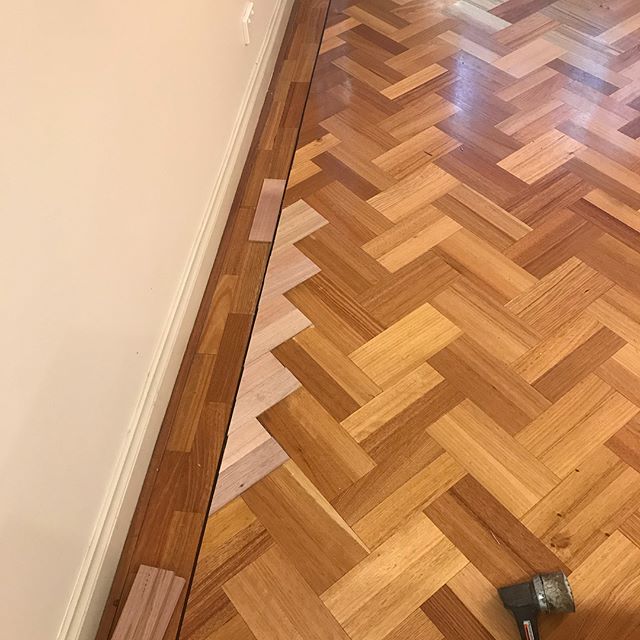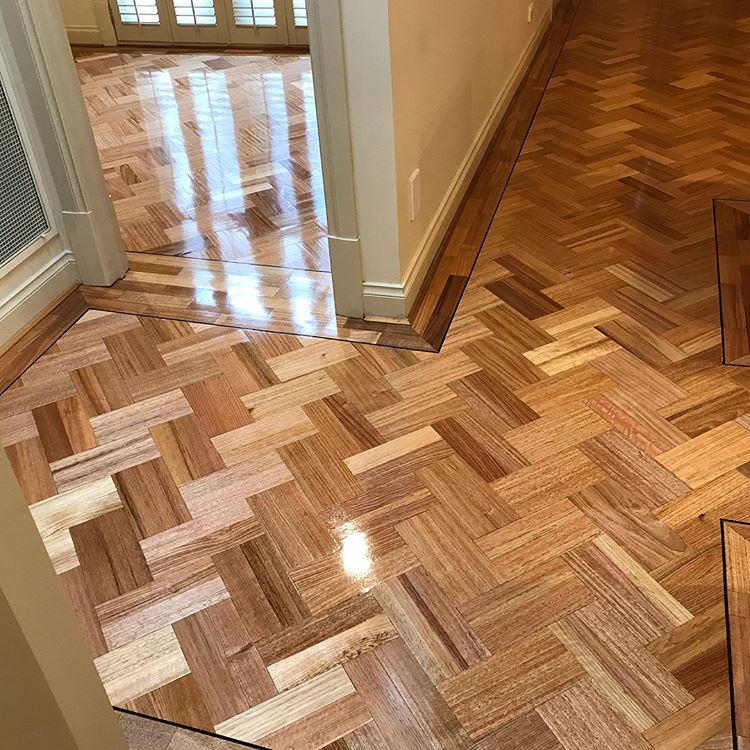(a) Lift the floorboards over the damaged area.
Lifting the first board is the most difficult operation. It is usually possible to cut the tongue off one board as described above and ease it up by inserting a wedge, such as a broad-faced chisel. The adjacent board against which you are forcing the wedge should be protected with some carpet or a thin sheet of hardened steel.
A metal cutting reciprocating saw can be used to cut nails when the floorboard has been eased up from the joist, if necessary. Depending on the fixings it may also be possible to 'punch' the nails through the boards using a fine punch that has been ground to the nail size for the depth of the floor. Note that either method of treating the fixings will enlarge the nail holes. Additionally, punching nails shouldn't be attempted unless there are softwood joists.






